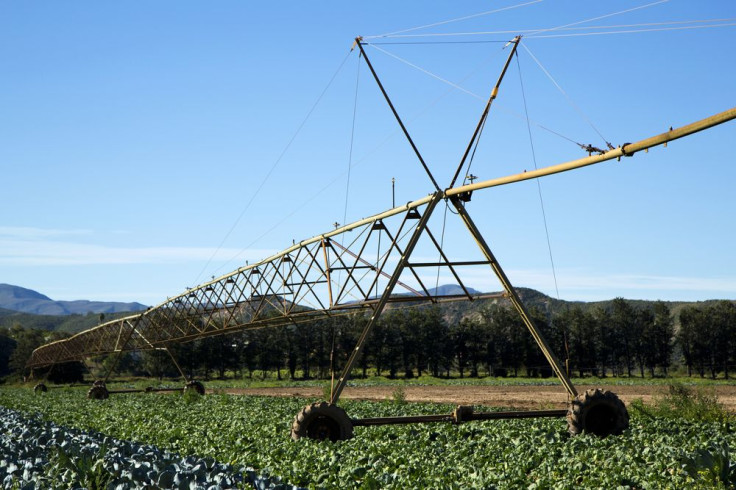Could Land Grabs Solve Global Hunger? Study Reveals Food Production Benefits Of Controversial Practice

Land grabbing is a controversial practice in which foreign investors buy the land of developing countries. A new examination shows the greater crop yields from agribusiness could feed millions more people than if local residents tended it themselves.
The study, published online Thursday in the journal Environmental Research Letters, is sure to anger human rights advocates who say land grabbing is ruinous to small-scale, subsistence farmers. Oxfam International says poor people are routinely victims. They cite examples like a project in the Philippines called APECO that is uprooting tenant farmers who have held leases for decades. "Research indicates that APECO has violated these marginalized groups' basic rights," Oxfam says, "stripping them from the land, livelihoods and ancestral ties that they have cultivated for generations, and threatening massive environmental damage."
Land grabbing agribusinesses often export their food — leaving locals to starve — but that doesn't have to be the case, according to the Institute of Physics, which conducted the new research. "Policy makers need to be aware that if this food were used to feed the local populations it would be sufficient to abate malnourishment in each of these countries," write the authors, Maria Cristina Rulli and Paolo D'Odorico, of Politecnico di Milano and the University of Virginia, respectively. "Such investments would lead to substantial improvements in crop yields mainly in African countries."
How substantial? Rulli and D'Odorico acquired data about all the land grabs greater than 200 hectares (about 500 acres) since 2001. Then they calculated the crop yield of that land if left to local farmers methods, versus the potential crop yield using more effective methods. If the land were farmed at 100 percent capacity, the land could feed between 300-550 million people. Without outside investment, the land might only feed between 170-370 million people, they said.
The United Nations World Food Programme reports 842 million people don't have enough food. Climate change and population growth are sure to raise that number. But according to this new reseach, land grabbing, if managed properly, could cut the number of hungry people by at least 100 million.
"Our study has provided a comprehensive assessment of the amount of food that can potentially be produced in land acquired by foreign investors in countries such as Sudan and Indonesia," they reported. But they acknowledged "there are still open questions," including: "What happens to food produced? Is it shipped abroad? Were these lands already used for agriculture prior to the acquisition, and (if so) for the cultivation of what crops?"
It's unclear who could provide proper oversight in rural, developing countries. Recently, Lauren Carasik, international human rights professor at the Western New England University School of Law, wrote in Al Jazeera America that locally managed farms "outperform industrial agribusiness in a number of benchmarks, including productivity." She added, "Without appropriate safeguards, institutional support for agribusiness harms local food self-sufficiency."
Source: M. C. Rulli, P. D'Odorico. Food Appropriation Through Large Scale Land Acquisitions. Environmental Research Letters. 2014.
Published by Medicaldaily.com



























